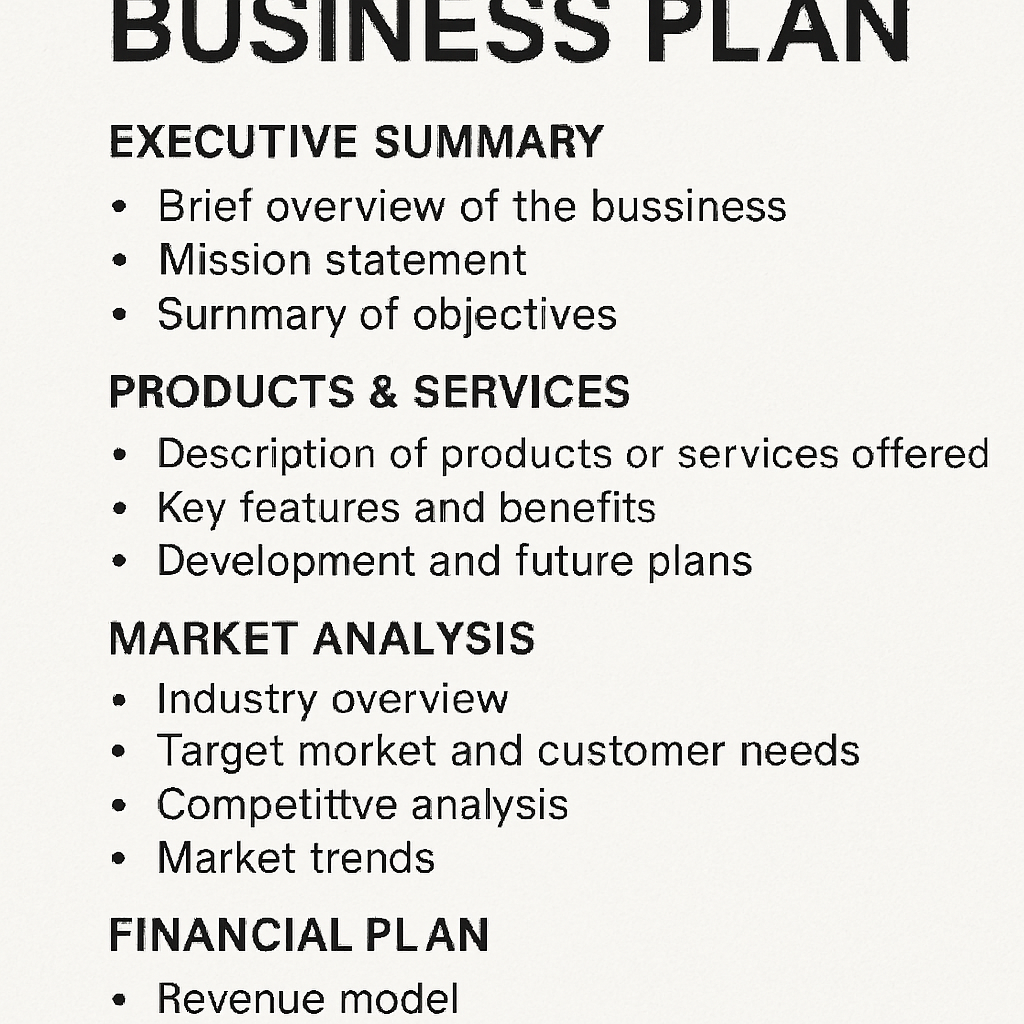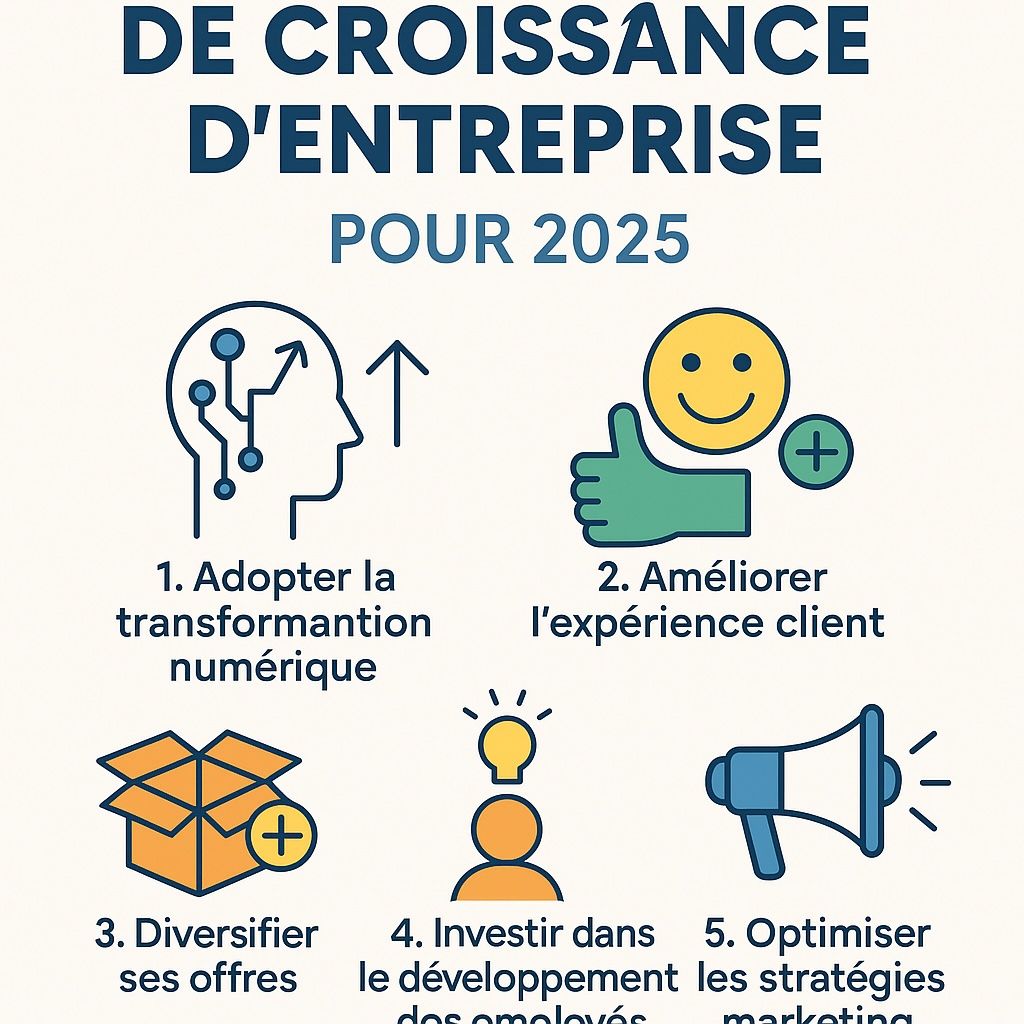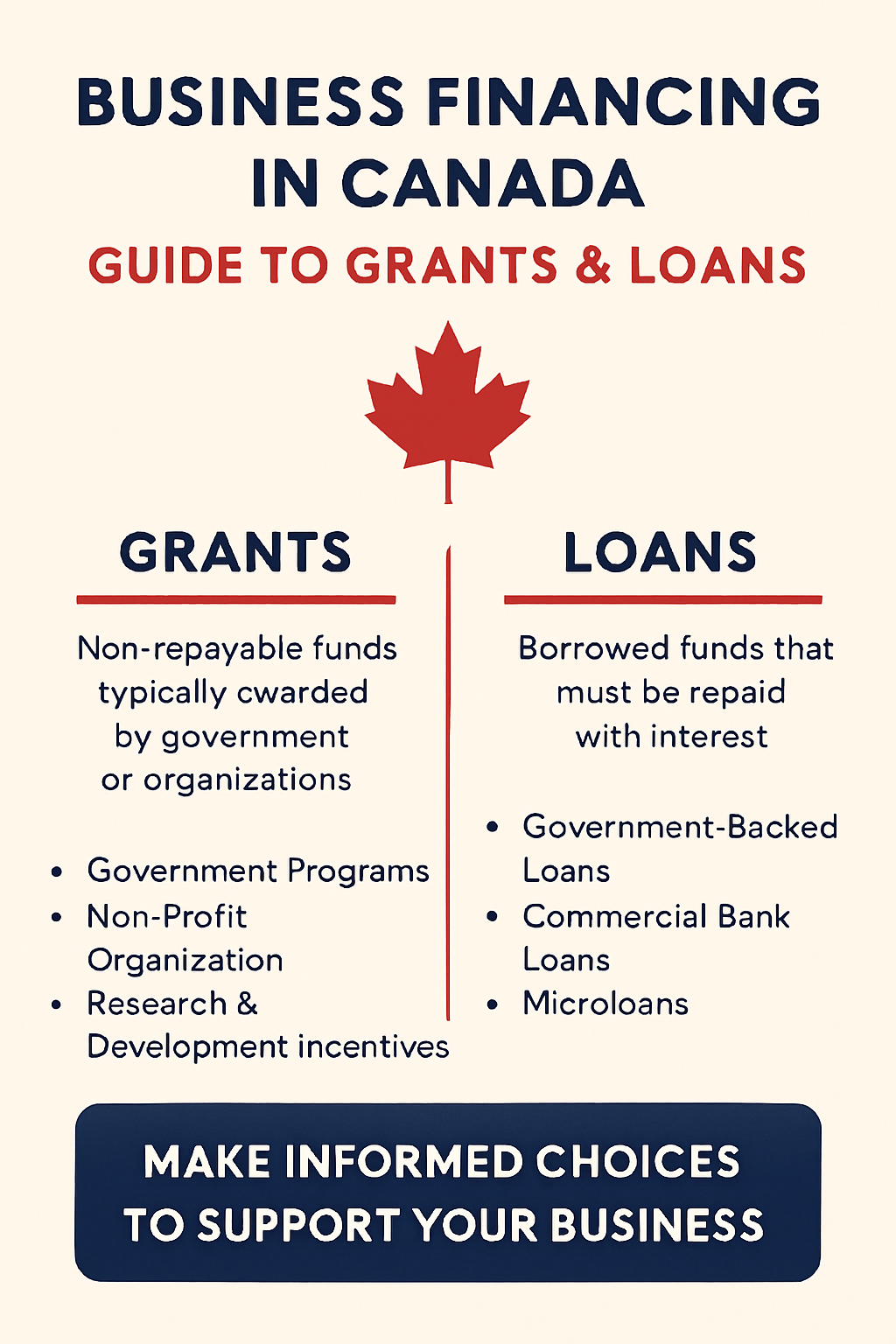A marketing plan acts as a roadmap for your marketing strategies and activities. It outlines your business goals, target audience, marketing tactics, budget, and performance metrics. By having a structured plan, you ensure that all marketing efforts are aligned with the company's objectives while optimizing resources.
A marketing plan is essential because it provides direction and focus. It ensures that every marketing decision contributes to the overall goals of the company. Without a clear plan, marketing efforts can become inconsistent, leading to a waste of resources and missed opportunities.
It must be integrated into the overall strategy of the company to ensure that marketing activities support growth targets and operational objectives. When marketing is aligned with the company's goals, it becomes a powerful lever for success.
Executive Summary
The executive summary provides an overall view of the marketing plan: business objectives, target market, key strategies. It is often written at the end, once the plan is complete.
It should be concise and engaging, with the following elements: mission statement, marketing objectives, value proposition (USP), target market, key strategies.
Marketing objectives
Clearly define your goals using the SMART methodology (Specific, Measurable, Achievable, Realistic, Time-bound). Examples: increase brand awareness, generate sales, enter new markets.
These objectives must be aligned with the overall strategy. Regular review allows for adaptation to market changes.
Market analysis
- Sector analysis: trends, opportunities, threats.
- Competitive analysis: strengths/weaknesses of competitors.
- Analyze client : demographic data, purchasing behaviors, preferences.
Target audience and personas
Create personas to represent your ideal customers. These fictional profiles help you tailor your marketing message. Then segment your audience based on common characteristics to create targeted campaigns.
Value Proposition (USP)
The USP (unique selling proposition) highlights the unique value of your offer. It should be clear, distinctive, and communicated across all your marketing channels. It forms the foundation of your positioning.
Marketing strategies and tactics
- Digital marketing: social networks, SEO, emails.
- Traditional marketing: print, direct mail, events.
- Partnerships: strategic collaborations, influencers.
Budget and resources
- Budget: forecasts for campaigns, promotions, advertising.
- Resources: who does what? Clarify everyone's roles.
Regularly monitor the budget usage to adjust if necessary.
Key Performance Indicators (KPI)
Measure your results with key indicators: web traffic, conversion rate, engagement, ROI. Continuous analysis allows for the detection of what works and what doesn't, and to adjust strategies accordingly.
Execution Calendar
Define the dates for each marketing action in relation to your objectives. This calendar ensures consistency and coordination of all activities. It must be flexible to adapt to changes.
Personalization tips
- Always align the marketing plan with the company's objectives.
- Stay flexible in the face of market changes.
- Involve your team to enrich the plan and strengthen commitment.
A well-designed and executed marketing plan is a lever for growth. It helps the company stand out, achieve its goals, and adapt to market changes. Use this template as a foundation to build a clear and effective strategy.



 Carl Lucier
Carl Lucier
